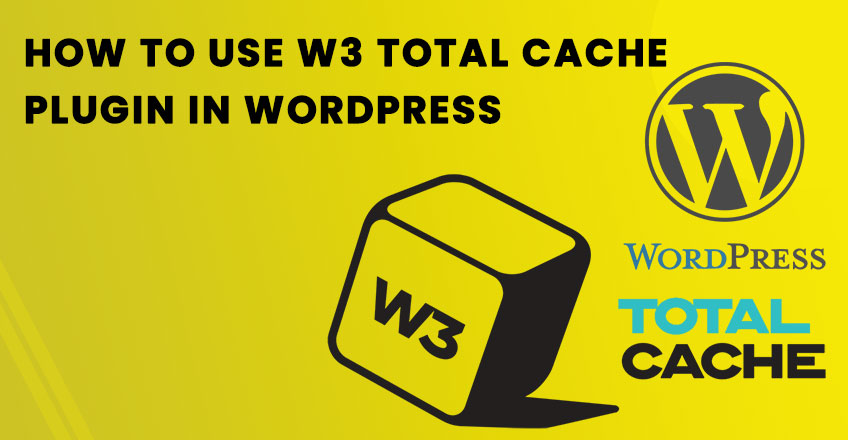This website uses cookies so that we can provide you with the best user experience possible. Cookie information is stored in your browser and performs functions such as recognising you when you return to our website and helping our team to understand which sections of the website you find most interesting and useful.

Using the W3 Total Cache plugin in WordPress can significantly improve your website’s performance and loading speed. Here’s a step-by-step guide on how to install, configure, and use the W3 Total Cache plugin:
Step 1: Install the W3 Total Cache Plugin
Table of Contents
- Log in to your WordPress Dashboard.
- Go to the Plugins section by clicking on “Plugins” in the left-hand menu.
- Click on “Add New”.
- Search for “W3 Total Cache” in the search bar.
- Install and activate the plugin by clicking the “Install Now” button, and then “Activate”.
Step 2: Basic Configuration
- Access the plugin settings by going to “Performance” in the left-hand menu of your WordPress dashboard.
- Use the Setup Guide: W3 Total Cache offers a setup guide for beginners. You can start with this to get a basic configuration in place.
- Enable Page Cache:
- Navigate to
Performance>General Settings. - Find the
Page Cachesection and check theEnablebox. - Choose a
Page Cache Method. Disk: Enhanced is suitable for most shared hosting environments.
- Navigate to
Step 3: Configure Browser Cache
- Navigate to
Performance>Browser Cache. - Check the following boxes:
- Set
Expires Header - Set
Cache Control Header - Enable
HTTP (gzip) compression - Prevent caching of objects after settings change
- Set
- Save All Settings.
Step 4: Configure Minification (Optional)
Minification can reduce the size of your HTML, CSS, and JavaScript files.
- Navigate to
Performance>General Settings. - Find the
Minifysection and check theEnablebox. - Select a Minify Mode: Choose between
AutoandManual.Autois easier for beginners. - Configure Minify Settings:
- For
HTML & XML,CSS, andJS, choose the appropriate minification methods.
- For
- Save All Settings.
Step 5: Enable CDN Support (Optional)
If you use a Content Delivery Network (CDN), W3 Total Cache can integrate with it.
- Navigate to
Performance>General Settings. - Find the
CDNsection and check theEnablebox. - Choose your CDN provider from the drop-down list.
- Configure CDN Settings:
- Enter your CDN credentials and settings as provided by your CDN provider.
- Save All Settings.
Step 6: Database Cache (Optional)
Database caching can reduce the load on your database, improving site performance.
- Navigate to
Performance>General Settings. - Find the
Database Cachesection and check theEnablebox. - Choose a Database Cache Method: Disk is suitable for most environments.
- Save All Settings.
Step 7: Object Cache (Optional)
Object caching can further enhance performance by caching complex operations.
- Navigate to
Performance>General Settings. - Find the
Object Cachesection and check theEnablebox. - Choose an Object Cache Method: Disk is suitable for most environments.
- Save All Settings.
Step 8: Verify Caching is Working
- Clear all caches by navigating to
Performance>Dashboardand clicking onempty all caches. - Test your site:
- Use tools like GTmetrix, Pingdom, or Google PageSpeed Insights to check the performance improvements.
- Ensure that your website is functioning correctly and that there are no issues caused by caching.
Step 9: Monitor and Adjust Settings
- Monitor your site’s performance regularly using the above-mentioned tools.
- Adjust the settings based on your site’s needs and the results from performance tests.
By following these steps, you can effectively use the W3 Total Cache plugin to optimize your WordPress site, improving loading times and overall performance.

